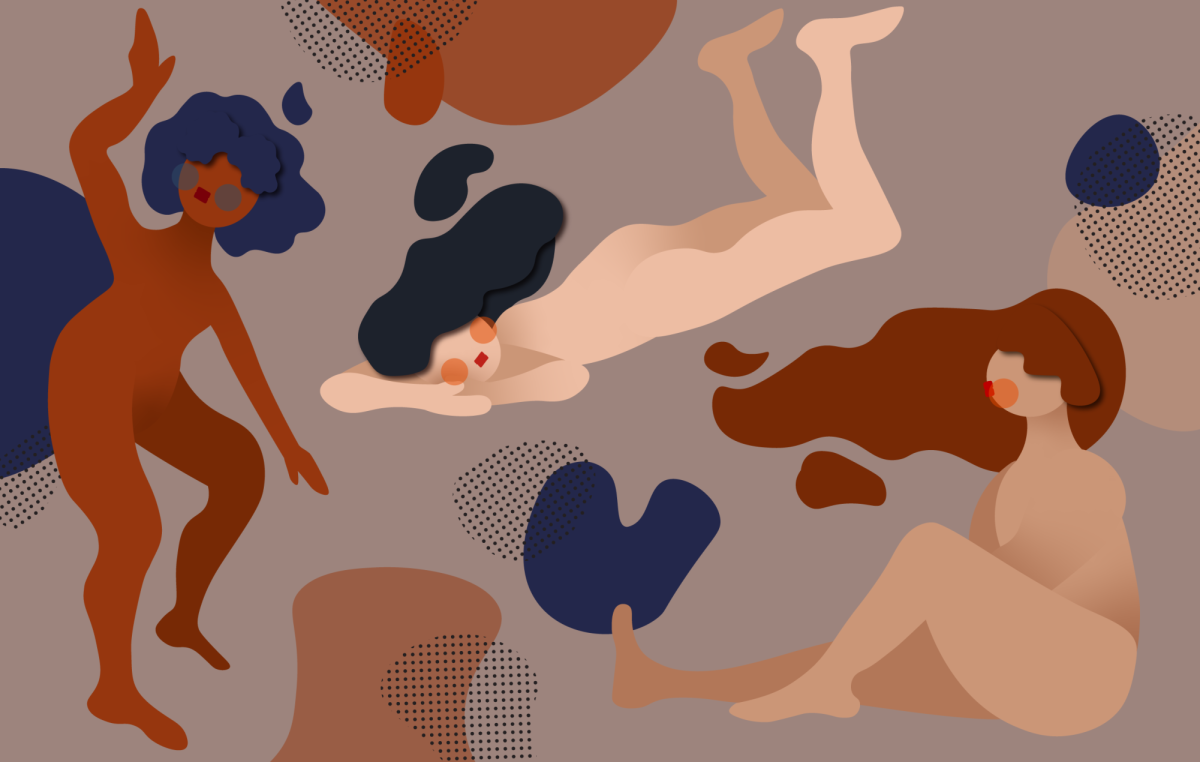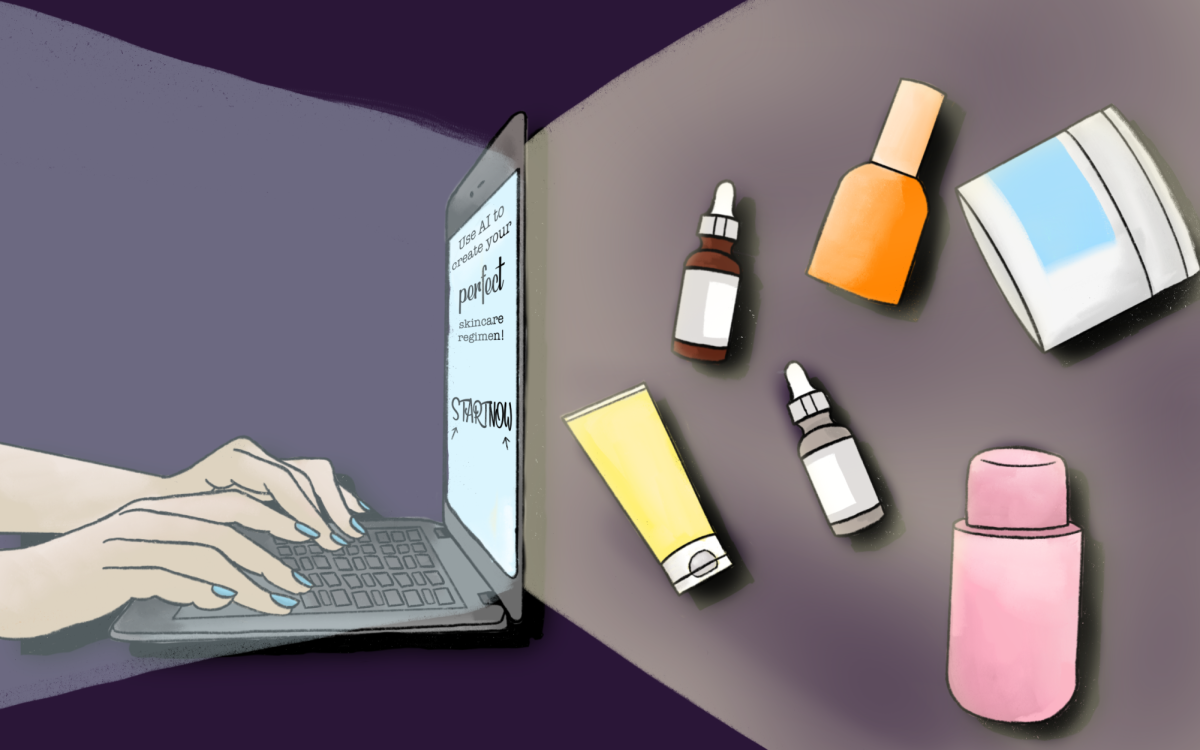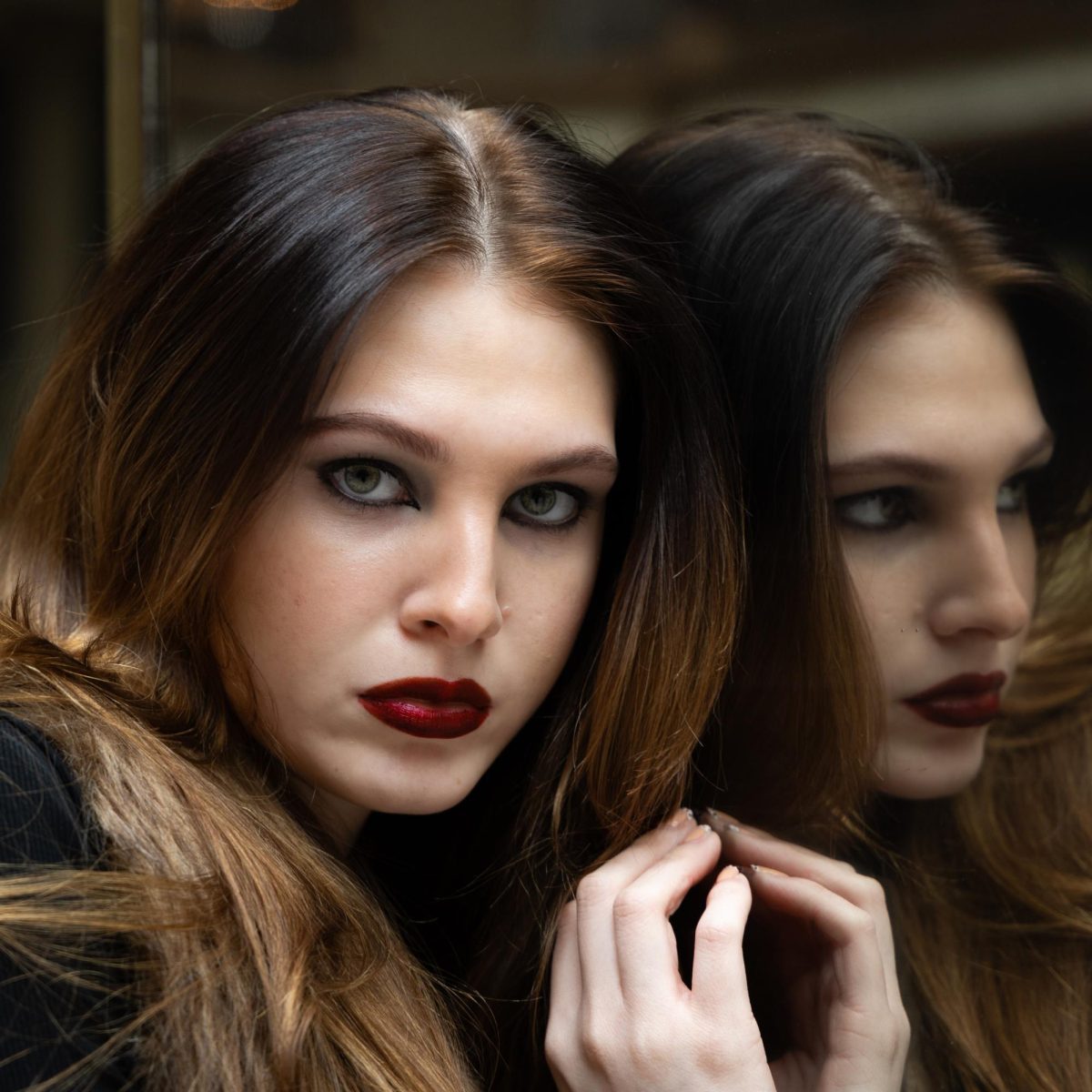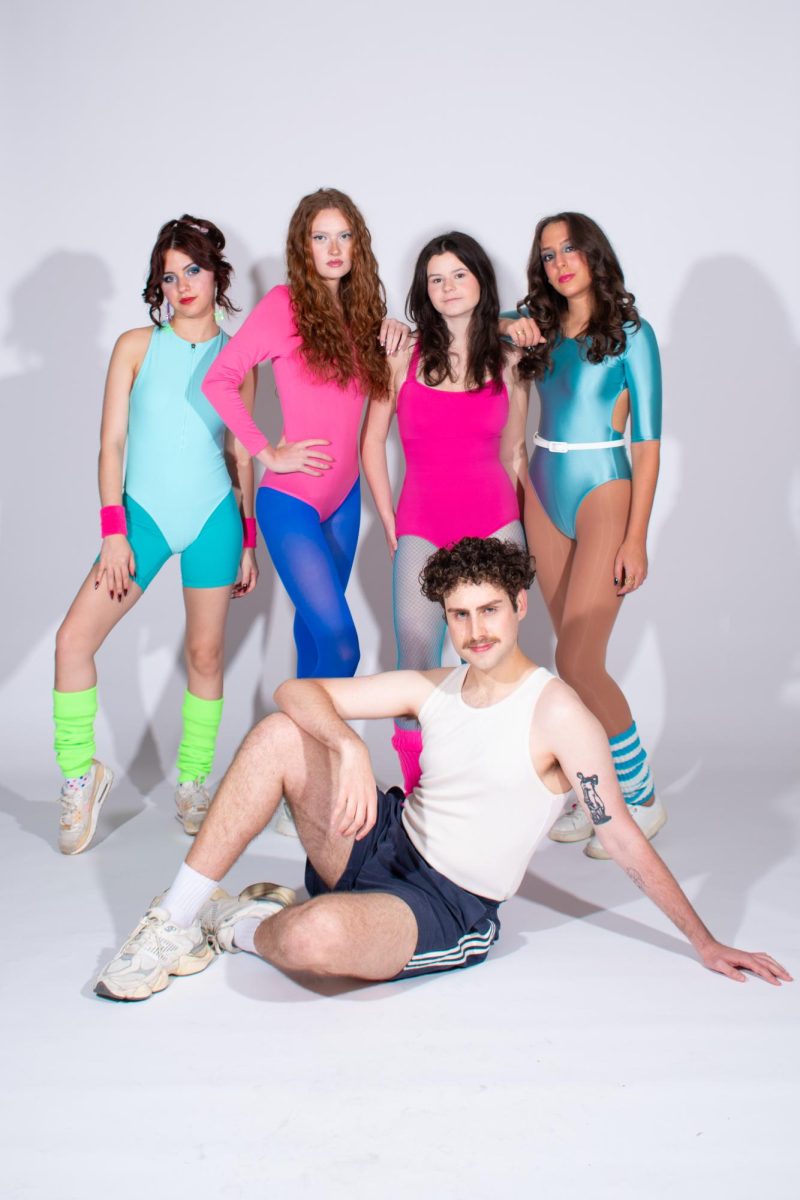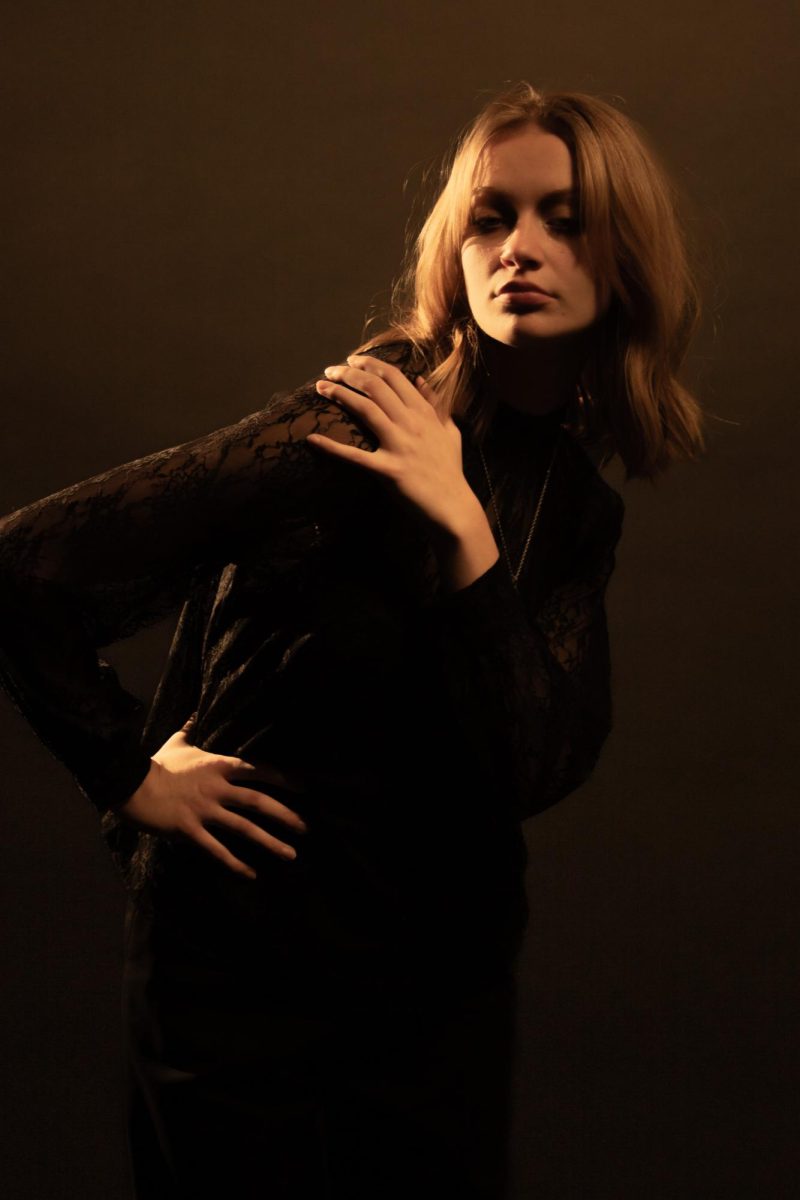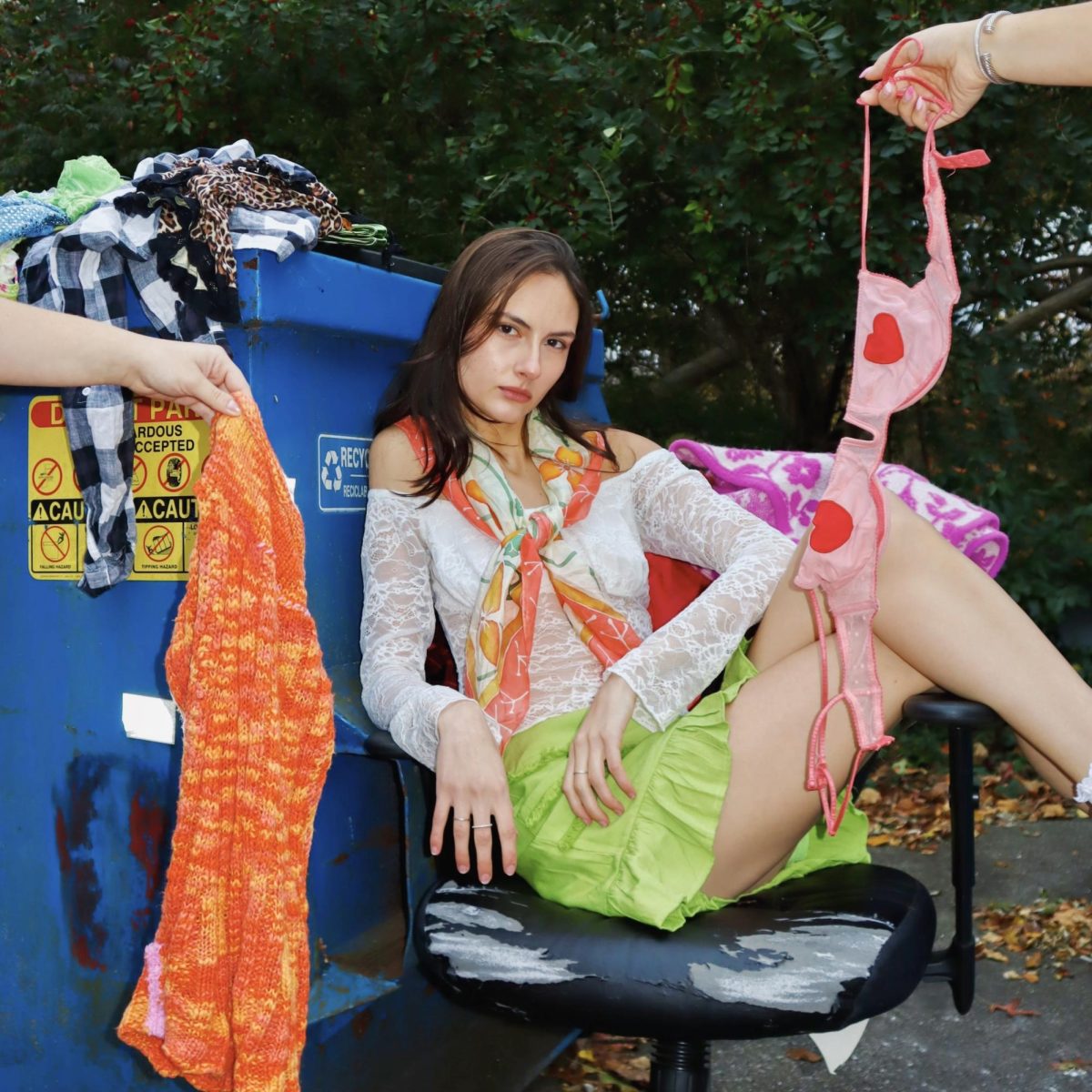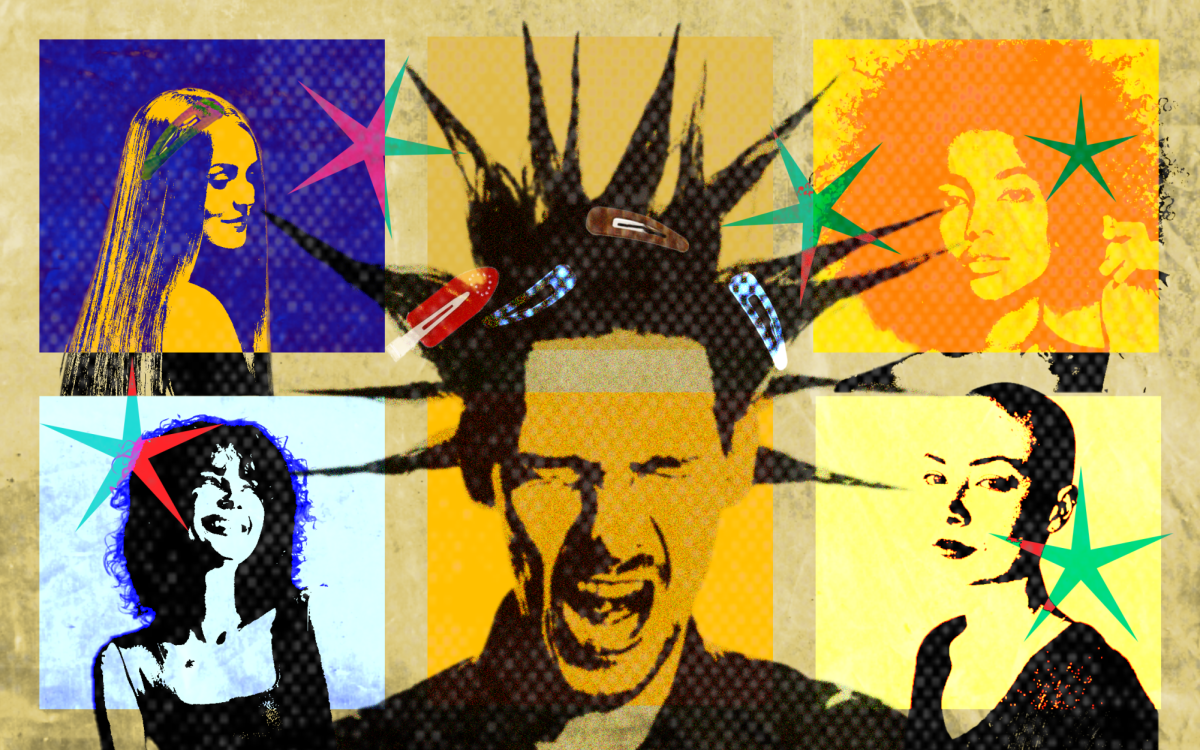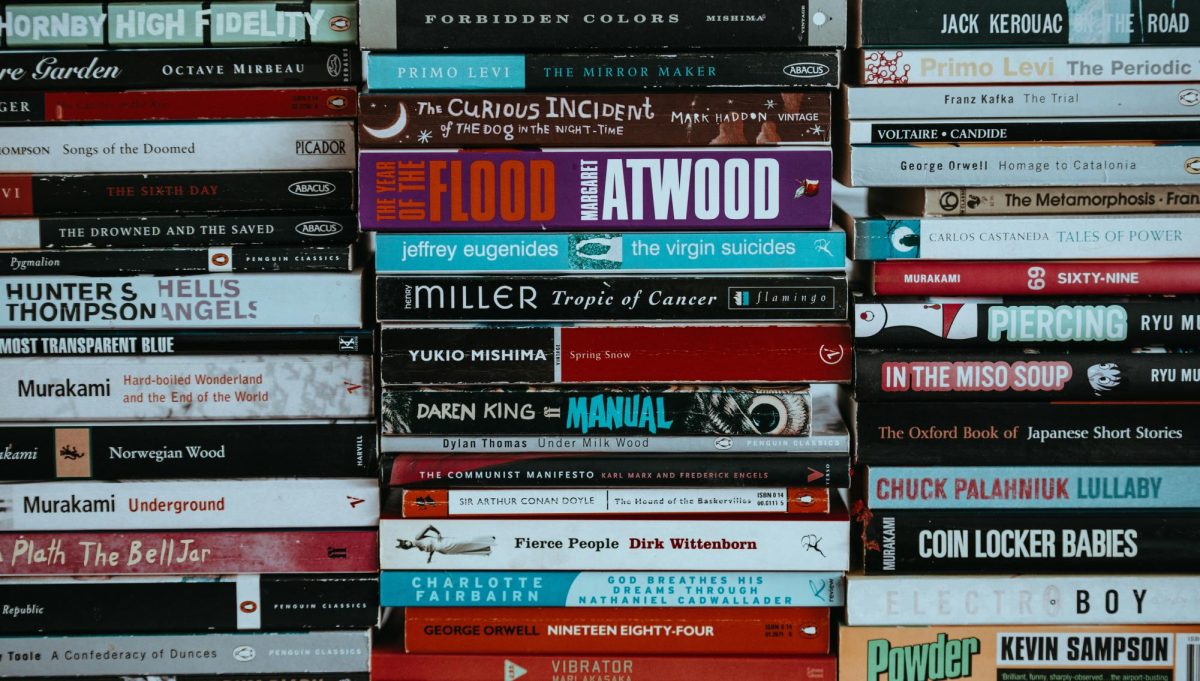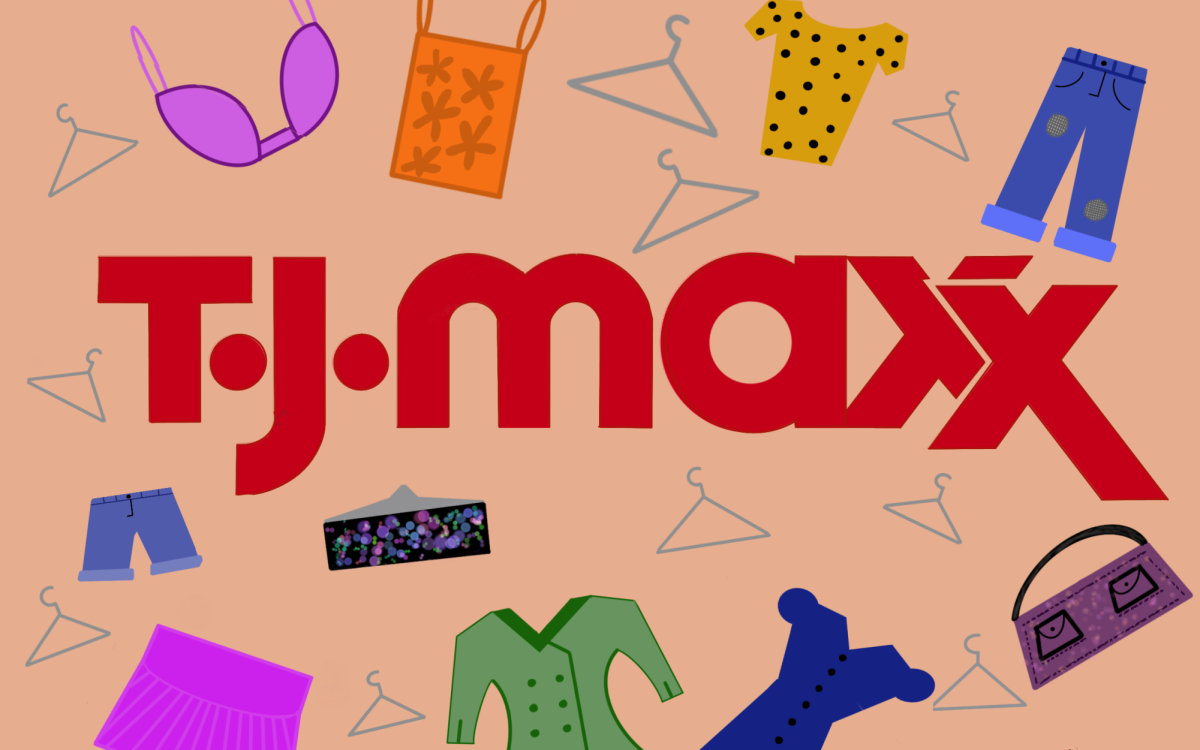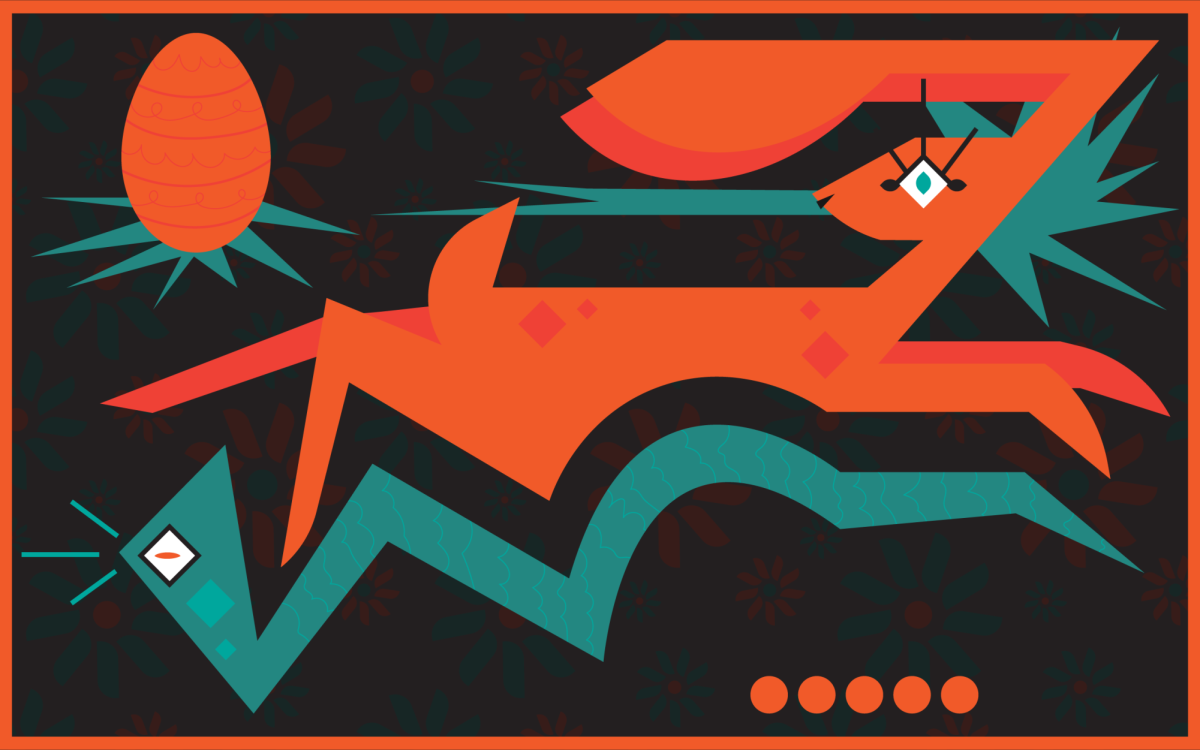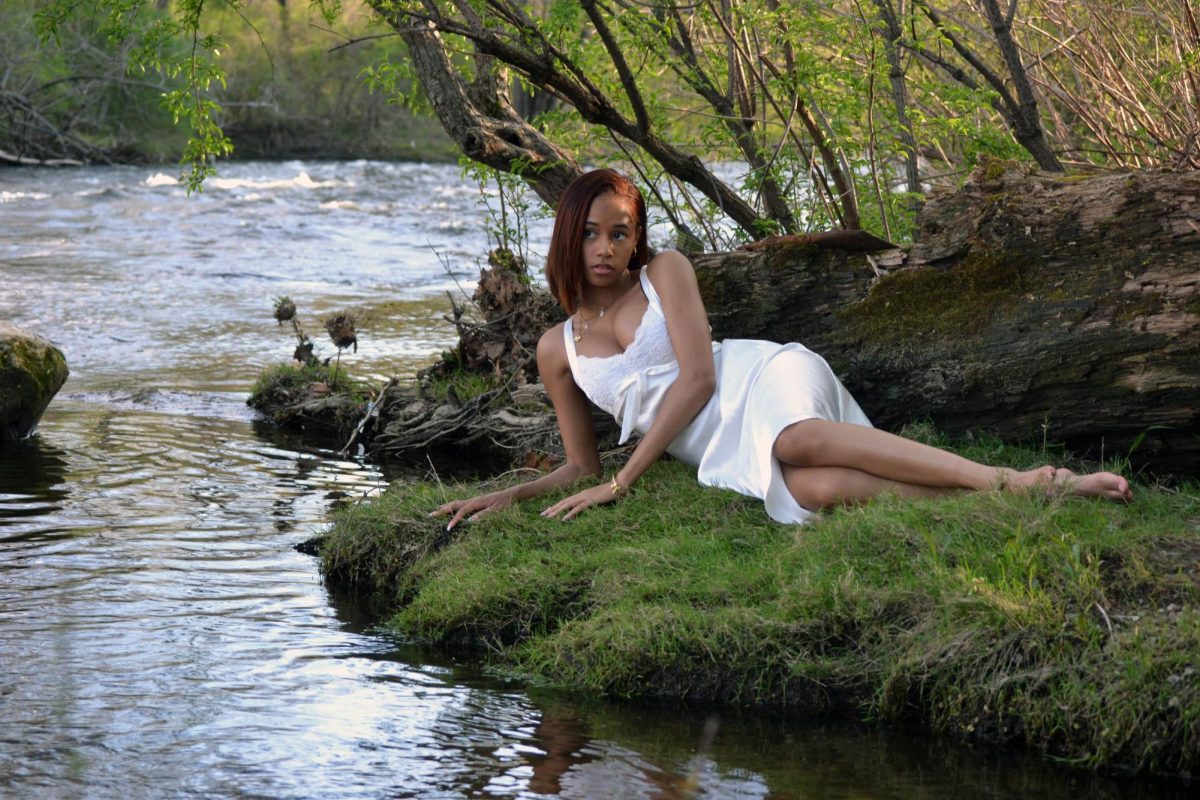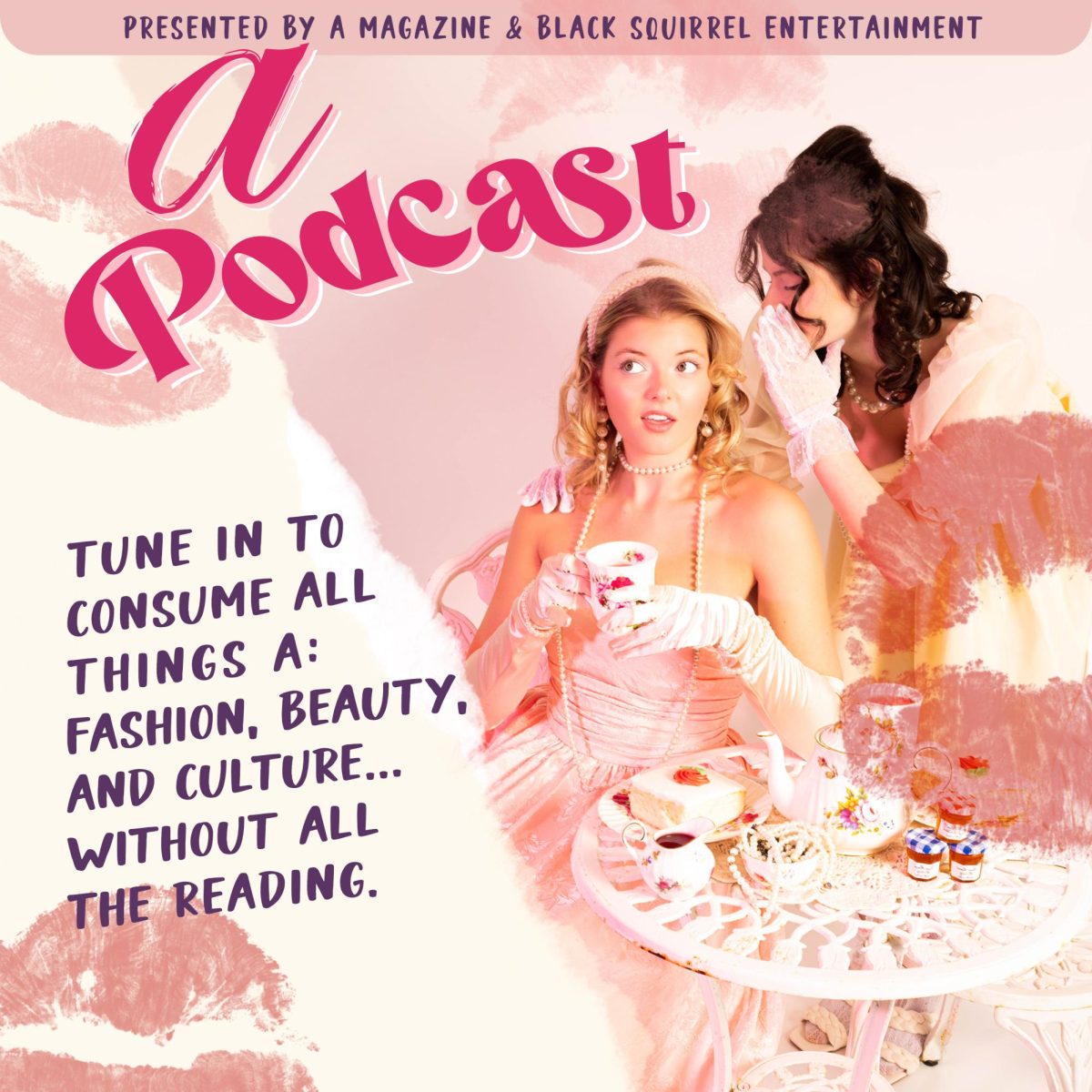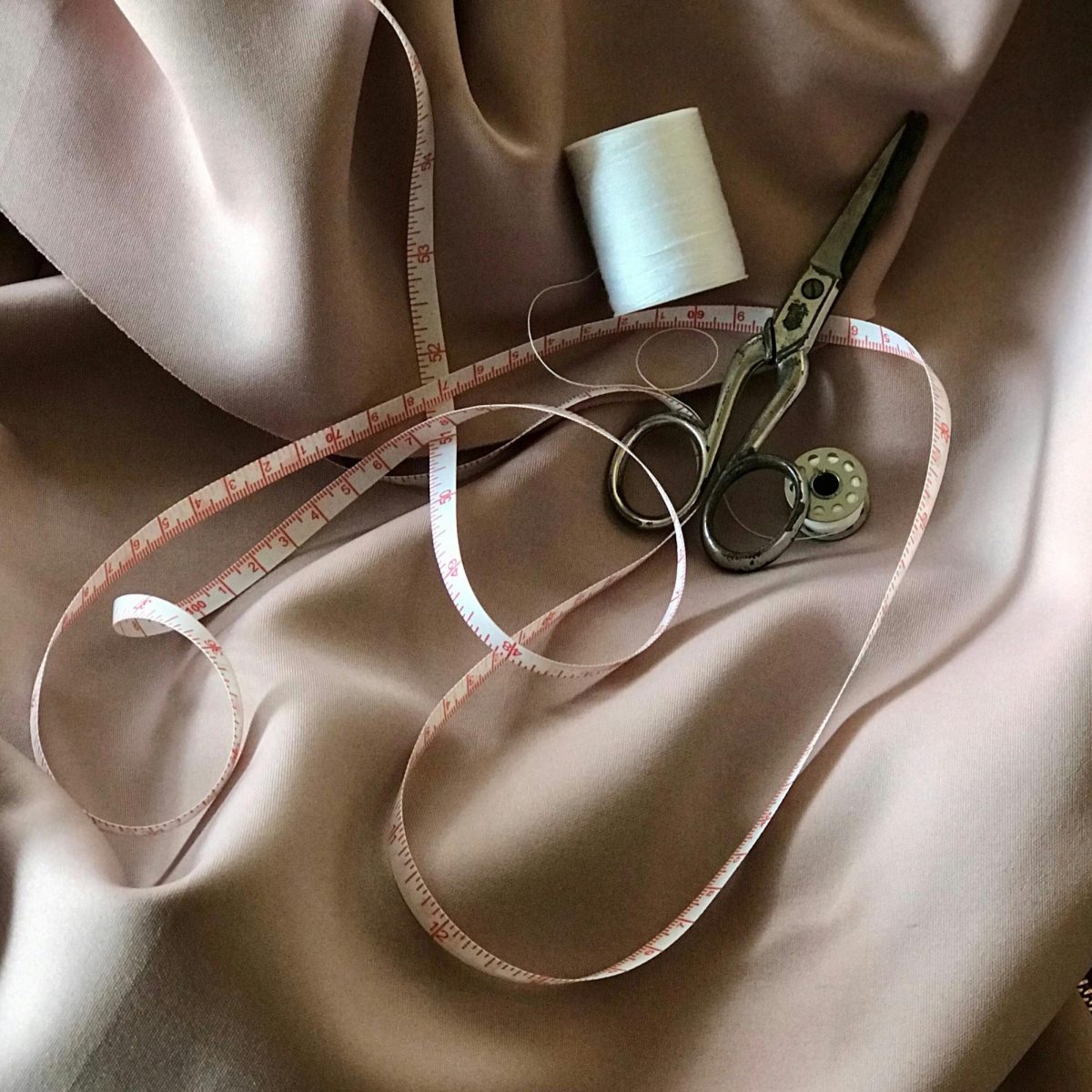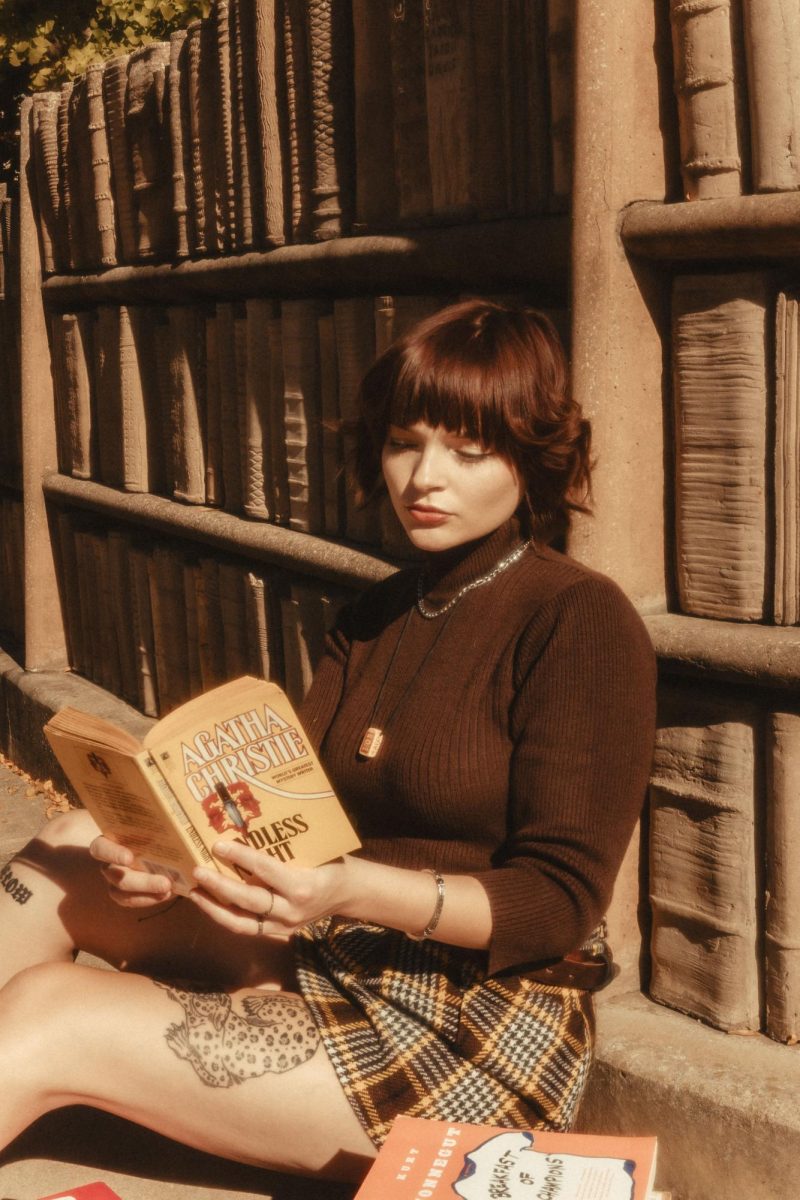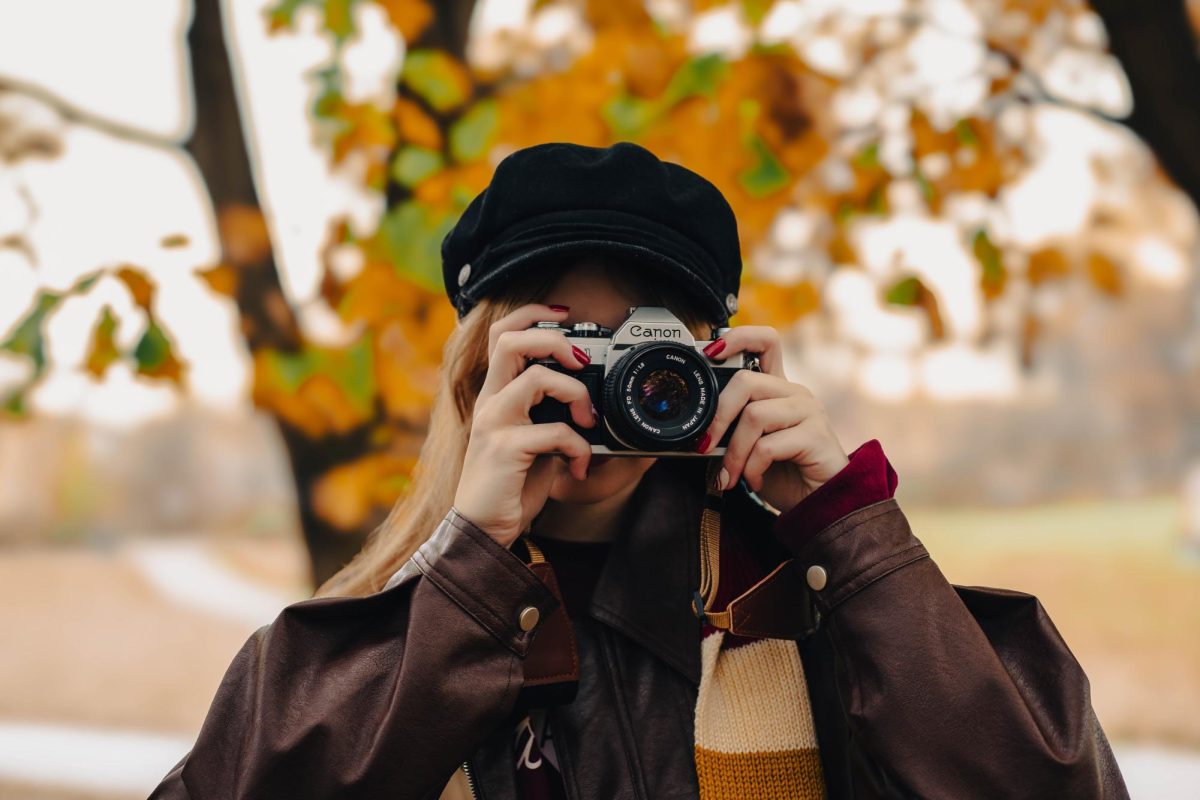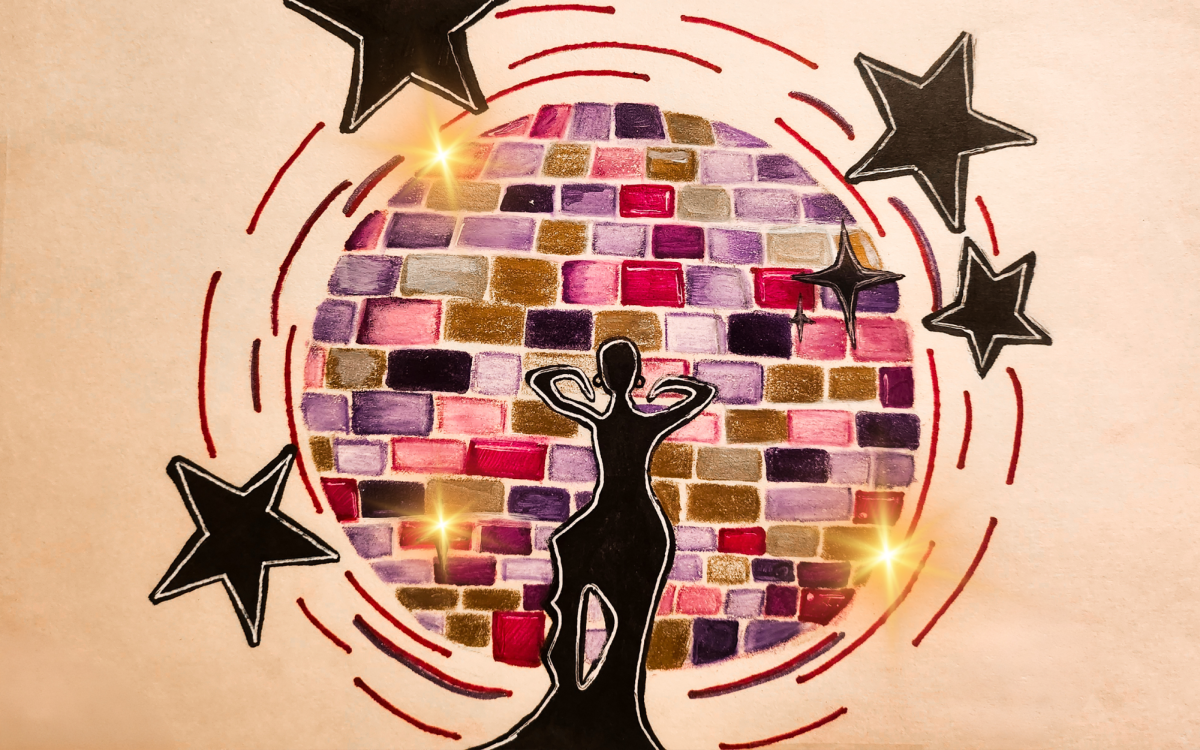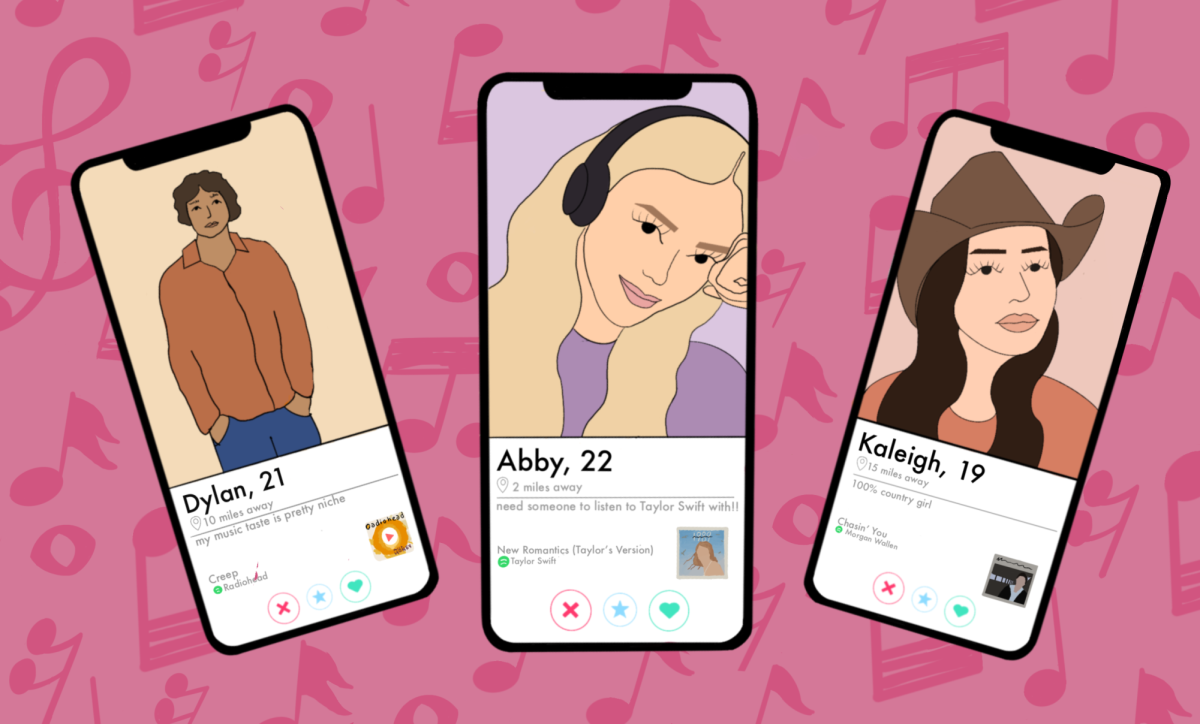If you grew up in the 2000s with access to the internet you probably stumbled across a “what body type are you?” quiz. The answers could include any of the following: rectangle, inverted triangle, apple, pear and the infamous hourglass. In a search for less reductive categorizing, the new options include: endomorph, ectomorph and mesomorph. It has a more scientific feel to it. This style of categorization has a more scientific, less fashion-minded approach, but ultimately, it still seeks to put people in four main categories. Above these other styles of classification is the Kibbe Body Type system.
Introduced in 1987 in the book “Metamorphosis, A Personal Image And Style Book For Women,” stylist David Kibbe sought to dress his clients not by the traditional fruit method, but by “style essence theory.” What is style essence theory? The Concept Wardrobe describes it as theories that “aim at creating an overall harmonious style image of a person rather than focusing on styling individual body parts.” The system includes five main body types, which are further broken down into 13 subcategories. It is decided based on one’s yin and yang energy. By focusing on these four components of the body: “skeleton (bone structure), body flesh (how your flesh sits on your bones), facial bones/structure and facial flesh,” according to designer and stylist Gabrielle Arruda, people can start narrowing down their true style essence. Unlike previous body type systems, Kibbe does not aim to make all bodies into an “ideal” form. Instead, the aim is for every individual to understand their body and what is most flattering.
Understanding yin energy vs. yang energy is integral to understanding the Kibbe system. Yin energy is feminine; think soft and rounded. It can be separated further into “petite yin,” small bone structure and delicate features, and “lush yin,” larger features like full lips and big eyes. Yang energy is masculine, which is more geometric and angular and is also separated into two concepts. “Sharp yang” manifests as long lean bodies or prominent jawlines, while “soft yang” can take form in broadness and muscle shape. Having a lot of yin or yang energy should not be conflated with femininity vs. masculinity, as a person’s body type does not reflect their gender expression. If someone were to have a wide variety between the two, then they would be considered a contrast body type, while a person with “harmonious features” would have a blended body type.
Finally, the body types, of which there are five: dramatic (sharp yang), natural (soft yang), classic (balanced), gamine (petite yin), and romantic (lush yin).
Dramatic’s bone structure is tall and narrow, creating an elongated appearance. They specifically have long arms and legs, and though their shoulders are squared, they are also narrow. They lean on the slim side with a flat bust and straight waist and hips. Facial features on dramatics are sharp and angular, with prominent cheekbones, jawline, and narrow-set eyes, with thin lips.
Naturals are similar to dramatics, but with a blend of yin essence, meaning their angular edges become softer. This can be seen in a tall but broad bone structure, with long arms and legs. However, they differ from the dramatics by having broad shoulders, waist and hips. They tend to be more muscular than dramatics. Naturals’ facial features are wider and lack the edge that dramatics have. They have wide-set eyes with broad, prominent cheekbones.
Classics are the most blended between the two essences, causing them to be quite symmetrical. To put it simply, they are moderate in just about every way. Their limbs are not particularly long or short, making them look quite proportional and look like their true height. Bust, waist and hiplines are all evenly proportioned to each other with fat not picking a particular place to sit. Their faces are moderate as well, with no individual feature dominating the others.
Gamine is a combination of yin and yang, but unlike classics which blend the two, gamines are either petite yin or sharp yang. Though they look petite, their bones are sharp and angular, with long limbs that may cause them to appear taller than they actually are. They have a more narrow silhouette, which some may consider rectangular. They have angular facial features, like a prominent nose and cheekbones. Smaller feet and hands, with more sloped shoulders as opposed to broad, are their yin essences. It can also be seen in their face with large eyes, moderate to thin lips, and little face flesh. Gamine is often characterized as boyish and playful.
Finally, romantics are lush yin. They are very soft with rounded features. With short arms and legs, they appear shorter than they really are. Their shoulders are sloped and rounded, and they have small hands and feet. Romantics have an hourglass figure with fat in the bust and hips, with a smaller waist measurement. Romantics’ facial features are large and full, such as round eyes and full lips, but their bone structure remains petite in the cheekbones, nose and jawline.
Beyond the five body types are eight subcategories that further narrows down an individual’s essence. A comprehensive guide to all 13 can be found from this article by The Concept Wardrobe. Many “Kibbe-hobbyists,” as Vox describes them, can be found across the web offering their opinions on who fits into what essence. They often offer fashion or styling advice based on essences. Some creators include Aly Art or Ellie-Jean Royden, both of which are on YouTube. There is a wide variety of quizzes available across the internet as well.
Though the Kibbe system is supposed to be a tool for finding flattering styles and a more harmonious aesthetic, it has its downsides. Afterall, it is still a body-type test putting people in categories. In a world where it feels like image rules over everything, it’s difficult looking at a body with neutrality. It can be overwhelming and even destructive trying to style yourself “right.” What’s right? Who’s deciding style? While people can use the Kibbe body types as a launching pad, it shouldn’t be the end-all be-all to what gets added to your wardrobe.
Support Student Media
Hi! I’m Annie Gleydura, A Magazine’s editor-in-chief. My staff and I are committed to bringing you the most important and entertaining news from the realms of fashion, beauty and culture. We are full-time students and hard-working journalists. While we get support from the student media fee and earned revenue such as advertising, both of those continue to decline. Your generous gift of any amount will help enhance our student experience as we grow into working professionals. Please go here to donate to A Magazine.

